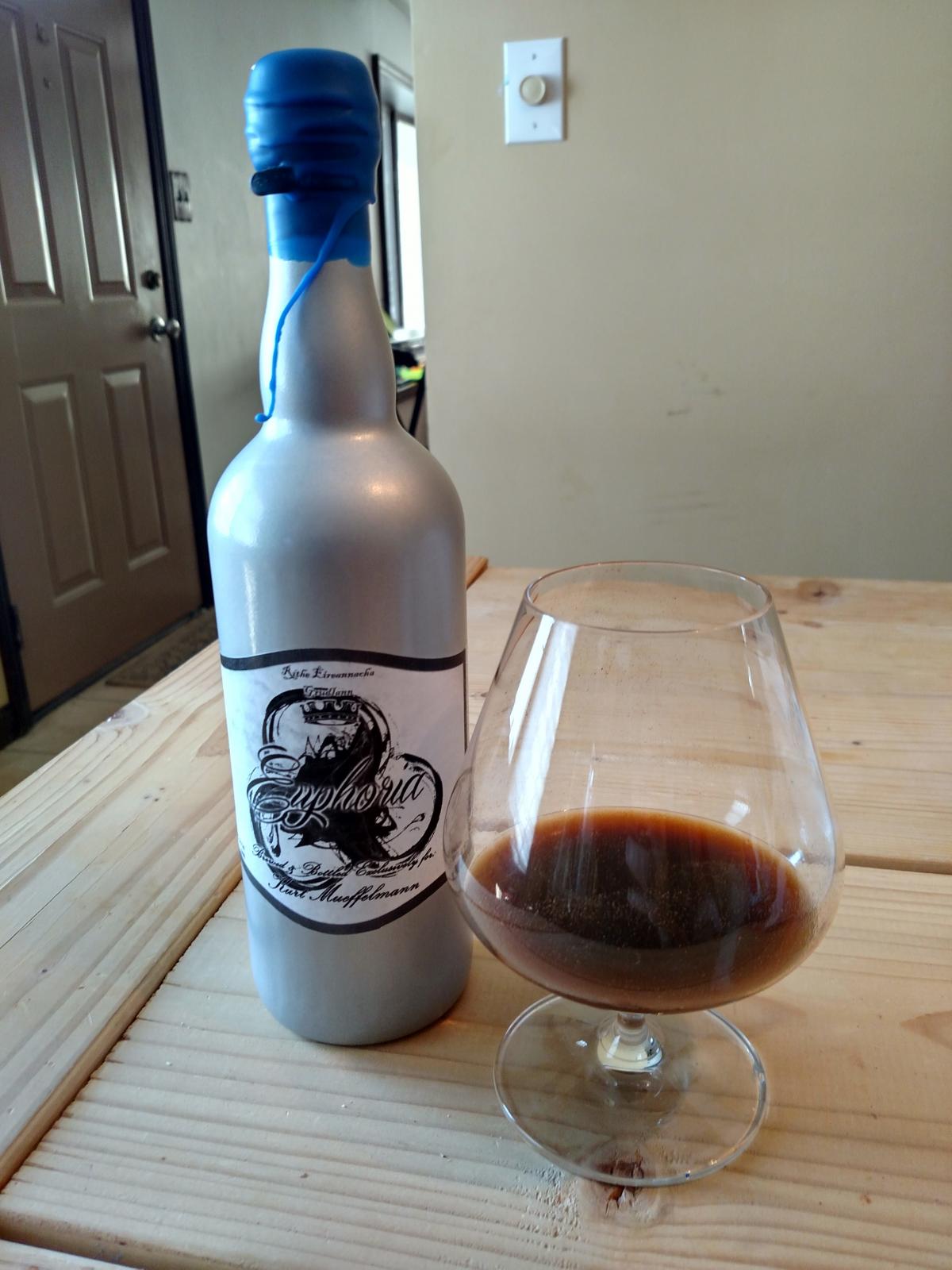paulthenurse
Fecal Transplant Super Donor
- Joined
- May 14, 2007
- Messages
- 12,305
- Reaction score
- 2,246
Nope KMeta needs to go in with evey racking. You won't taste it and it's much better to add a little metabisulfite then lose $500 worth of beer




![Craft A Brew - Safale S-04 Dry Yeast - Fermentis - English Ale Dry Yeast - For English and American Ales and Hard Apple Ciders - Ingredients for Home Brewing - Beer Making Supplies - [1 Pack]](https://m.media-amazon.com/images/I/41fVGNh6JfL._SL500_.jpg)







... but I've heard oak doesn't really dissipate with age if it gets over-oaked....
Good luck Its a fun brew day, get a bunch of friends together and really make an event of it. The memories and the laughter will last a lot longer than the beer.
Good luck Its a fun brew day, get a bunch of friends together and really make an event of it. The memories and the laughter will last a lot longer than the beer.

FINALLY DONE! Two racks, one from primary to secondary for aging and one for bottling. KMeta in both. Flavor is great. It'll be a really nice sipping/after dinner drink. A little more oak than I'd intended, even still, but overall very good. Some slight funk, plumbs and dark fruit, cinnamon flavors and alcohol warmth all come through despite the oak being stronger than I'd wanted. Decided to go fancy on the bottles since the guy who paid for this experiment basically paid $100/bottle. Hand dipping Belgian cork bottles in silver metallic (no higher than an inch or two from the top so beer only touches glass) to (hopefully) block nearly 100% of light making it great for aging. Labeled it with normal paper from a laser printer, then enameled the whole thing (again staying an inch or more short of the top). Corked with Zork closures so it has a pull tab, a tight seal for aging and can easily be removed and replaced. Finished it all off with a dip in blue wax. Personally, I think it's beautiful and worthy of the beer inside.
OG 1.212 to a FG of 1.000, rounded up to 28% ABV on the labels. I've never had Utopias, but my brother has. His big complaint about mine is that Utopias is thick like syrup and mine, obviously given the FG, is not. Drinks easy and it's smooth, though.What was the combined OG/FG on this beast?
A connection in that I probably read it. I'm not sure which one you're referring to, but I read one that sounds very similar on Brew Your Own. Suffice it to say I read pretty much everything I could on brewing big beers before trying this one. Funny, now when I brew normal beers it's almost boring...Incidentally I read a blog post recently where a guy challenged allegations that homebrewers can't make beer above 20% ABV, and he killed it. His process was very similar to yours -- any connection, perchance?
What's with the kmeta? I've used it in wine obviously never heard of using it in beer.
What's with the kmeta? I've used it in wine obviously never heard of using it in beer.